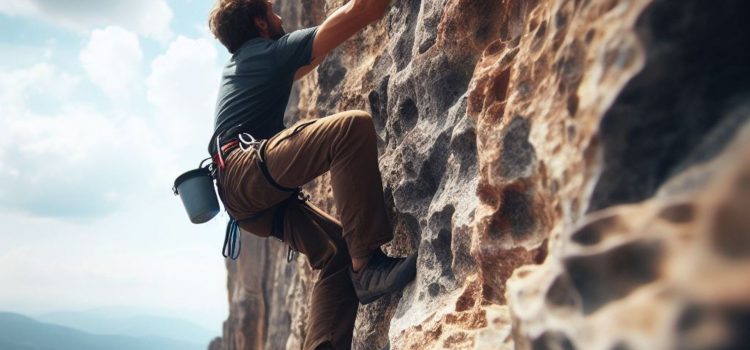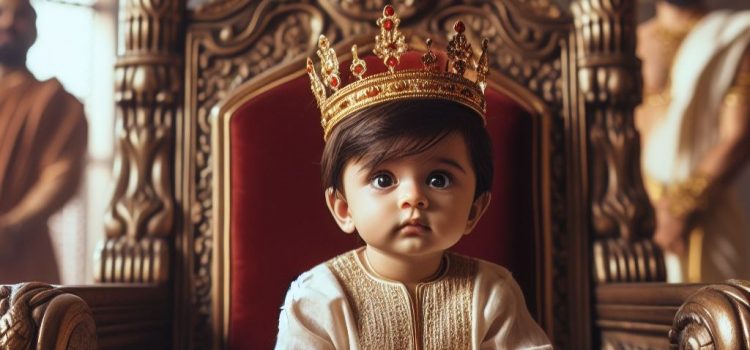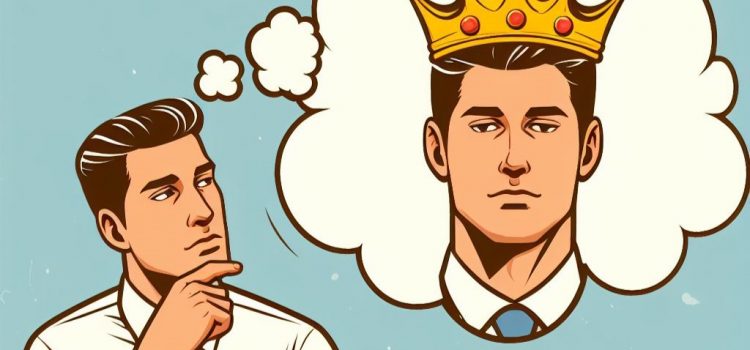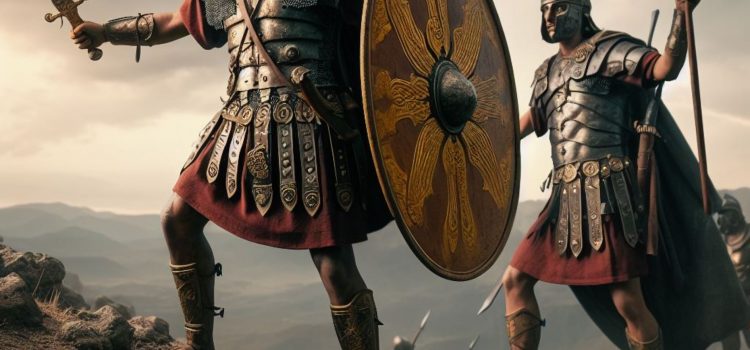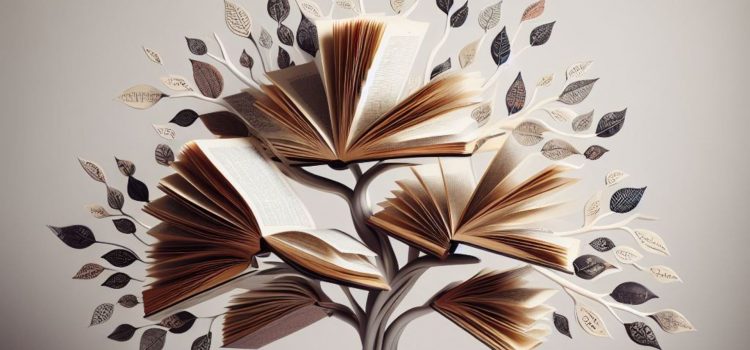What are the benefits of intrinsic motivation? How do intrinsic rewards keep you motivated? The benefits of intrinsic motivation include being able to develop virtuous cycles of improvement and practice. This means that if you enjoy practicing, you’ll get better, which means you’ll continue to enjoy practicing and stick to it. Read on to learn how to develop better patterns of improvement.
Benefits of Intrinsic Motivation: Virtuous Cycles of Improvement
